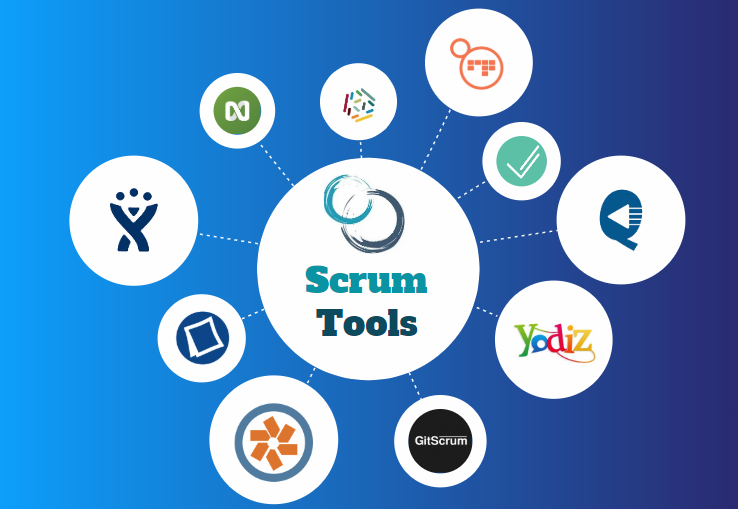Being a Product Owner (PO) is already a busy job. But when you’re working with more than one product, things get even more challenging. You may have several teams, multiple backlogs, and many stakeholders asking for updates. It can feel like a lot to handle.
So, how can a Product Owner stay in control—and even do well—in a multi-product environment? Let’s look at some simple and practical tips.
✅ 1. Focus on Results, Not Just Features
If you’re managing more than one product, don’t just focus on writing and managing user stories. Instead, think about the problems you’re solving for customers.
Ask yourself:
- Are we helping users?
- Are we meeting business goals?
- What impact is this product making?
When you focus on outcomes, it’s easier to decide what’s most important.
✅ 2. Be Clear About Priorities
When you have many products, it’s easy to get lost in tasks. That’s why it’s important to set clear priorities.
Try this:
- Use a single roadmap to track all your products.
- Connect product goals to your company’s main goals.
- Say no to work that doesn’t fit the big picture.
A great Product Owner knows where to focus—and helps others stay focused too.
✅ 3. Work Well with Everyone
As a Product Owner, you don’t work alone. You connect with:
- Developers
- Designers
- Business teams
- Customers
When you manage more than one product, good communication is key. Make sure everyone understands what’s happening and why. Weekly meetings and shared documents can help everyone stay in sync.
✅ 4. Use the Right Tools
Managing multiple products by memory (or sticky notes!) doesn’t work. Use tools that give you clear visibility across teams and projects.
Helpful tools:
- JIRA Roadmaps – Track progress and dependencies
- Miro or Mural – Plan and brainstorm visually
- Productboard or Aha! – Organize feedback and priorities
Good tools save time and reduce confusion.
✅ 5. Keep Talking to Customers
When you’re busy managing many products, it’s easy to forget about the users. But to build the right things, you need to keep listening to customers.
Here’s how:
- Talk to customers regularly (even short calls help)
- Ask your teams to share what they hear from users
- Run feedback sessions or surveys
The more you understand your users, the better your decisions will be.
✅ 6. Don’t Try to Do Everything Alone
You can’t manage everything by yourself—and that’s okay. A smart PO knows how to delegate tasks while staying in charge of the overall direction.
You can ask team members (like a business analyst or tech lead) to help with things like:
- Writing user stories
- Clarifying requirements
- Managing parts of the backlog
This gives you time to focus on strategy and customer needs.
Conclusion
Being a Product Owner for more than one product is not easy—but it can be very rewarding. You get to make a big impact across different areas. The secret to success is to stay focused on goals, communicate clearly, and build a system that works for you and your teams.
Remember: it’s not about doing everything—it’s about doing the right things that bring value to users and the business.











